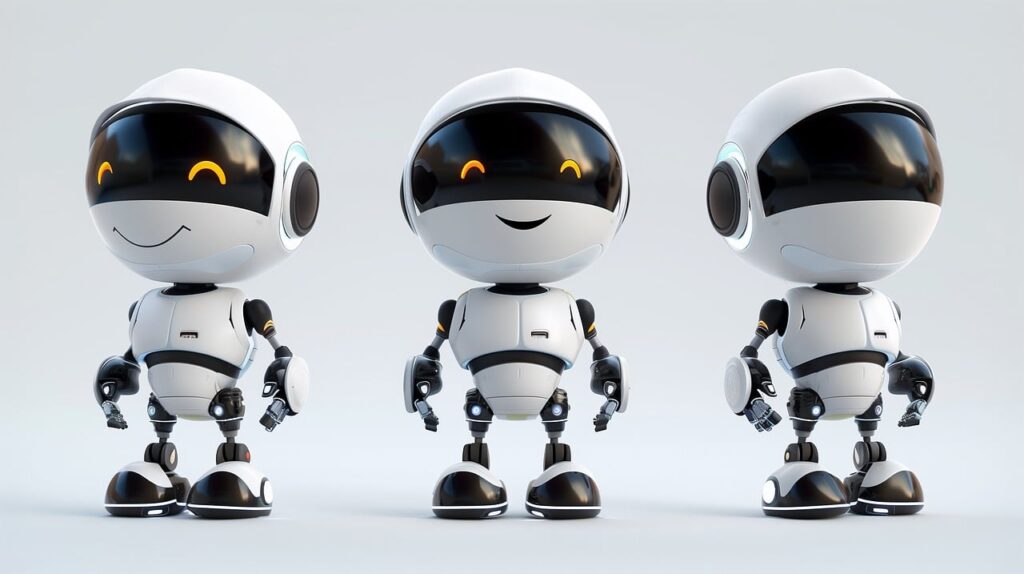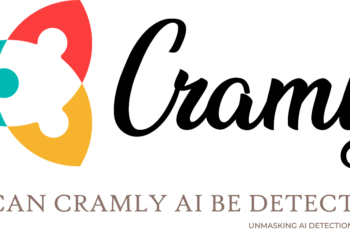Learn about Types of AI Chatbots. Explore the types, benefits, and applications of AI chatbots. Learn how they automate interactions, improve user experiences, and boost business efficiency while addressing challenges like data quality and compliance.
Introduction
AI chatbot programs are artificial software that tries to simulate human talk to automate interactions by businesses or individuals. It works using artificial intelligence (AI), natural language processing (NLP), and machine learning (ML) – all of which help in understanding, processing, and responding to the inputs provided by the user in comparison with the real thing. The main functions of these chatbots are well-managed communications, more sophisticated workflows, and bettering the experience of the customer across various platforms.
What Are AI Chatbots?
An AI chatbot can be defined as advanced software that uses artificial intelligence technologies to simulate a human conversational partner. These tools help organizations or individuals automate conversations and offer instant responses for a better user experience across multiple platforms, including websites, messaging apps, and social media. AI chatbots are changing the entire landscape of industries by allowing flexible yet cost-effective solutions to integrate communication.

Benefits of AI Chatbots
24/7 Availability
AI chatbots can provide round-the-clock access to customer services. They eliminate long wait times in accessing such services, thus complementing other services in making an establishment truly open at all times hence delivering excellent customer satisfaction, attaining customer trust, and achieving overall efficiency without having human intervention at the opportune time of intervention.
Cost Savings
Chatbots are solutions to all the repetitive tasks like answering FAQs or processing requests they minimize the count of customer support staff by large numbers. Those savings could have been millions of dollars for any firm, yet it is ensuring quality services. Resources can then be redirected to higher-value activities, resulting in a better overall effect on business efficiency and profitability.
Improved Customer Engagement
AI chatbots can respond rapidly, accurately, and adaptively; it makes everything interactive for users by providing them with suggestions, helping them make decisions, and answering them quite promptly.
They add value when it comes to their engagement with customers therefore easing the level of satisfaction achieved, loyalty, and maintaining a good relationship in the long run between the two entities usually referred to as a business and its clients.
Scalability
Chatbots work so effectively, managing thousands of conversations at the same time without speed or accuracy loss. This would enable businesses to efficiently meet rising customer demands during peak hours, and ensure consistent service delivery with little strain added to their budgets. It offers an opportunity for businesses to expand their operations without necessarily costing more to maintain quality in their interactions.
Data Collection and Analysis
Every customer interaction enables a chatbot to collect crucial information, thereby educating one about the behavior patterns, preferences, and issues most commonly encountered by the users. Companies can interpret that data to find various trends and optimize their services while improving the decision-making and marketing strategies to support better customer needs.
Enhanced Efficiency
AI chatbots generally do routine activities such as scheduling appointments, processing orders, and replying to repetitive queries. Human agents are released to sink their teeth into improved efficiency and productivity as regards service and customer satisfaction while simultaneously shortening business processes through this automation.
Types of AI Chatbots
1. Rule-Based Chatbots
The rule-based chatbots operate on predefined rules and decision trees and respond based on certain keywords or a fixed input by the user. They are simple, however, they prove to be effective in basic tasks, but when it comes to very complex queries, they cannot handle such queries. In addition, they need to be updated manually to handle any new topic.
2. AI-Powered Chatbots
An AI-based chatbot uses machine learning and natural language processing to understand the user intent as well as context. These chatbots are capable of having multifaceted conversations, learning from the interaction, and dynamically responding. Examples of AI chatbots are virtual assistant bots and customer service bots.
3. Hybrid Chatbots
A hybrid chatbot will have both the rule-based and the AI features. This approach ensures being spot-on with tasks that are facilitated on a basic level while the advanced tasks are positioned for further learning. Hybrid chatbots are among the most versatile among all other chatbots created, combined with improved and supreme user experiences.
Applications of AI Chatbots
Healthcare
Chatbots are designed to assist with appointment scheduling, symptom checking, medication reminders, and responding to health-related inquiries. These services are planned for 24/7 availability, reducing the workloads of medical staff while helping to improve the quality of patient care and access to crucial healthcare services.
E-commerce
Interactive computer programs are designed to enhance consumer experience in matters relating to product suggestions, order tracking, and inquiries. They change shopping, automate client support, and ensure smooth interaction, resulting in increased satisfaction with a happening of overall sales performance.
Banking and Financial Services
AI chatbots help with inquiries about their accounts, fraud detection, loan applications, and transaction history along with automating repetitive tasks, offering financial guidance, enhancing customer service, and at the same time improving the efficiency of banking operations.
Education
They improve learning by addressing queries, giving instant feedback, grading without human intervention, and assisting teachers with administrative work. They enhance individualized learning experiences while reducing the teacher’s load, making education more accessible and interactive for students.
Improve HR Operations
HR tasks such as recruitment onboarding, leave management, performance tracking, and popular questions can be simplified by using chatbots in AI. Thereby making way for the employees to improve efficiency and lessen manual work allowing greater satisfaction. With faster responses from Human Resource personnel, employees start enjoying services that are availed.
Appointment Scheduling or Booking
Chatbots take the fuss out of scheduling an appointment with doctors, hairdressers, or firms. They put calendars in order, remind customers of their visits, reduce the risks of having no-shows, an make booking appointments for members and clients easy and uncomplicated for companies-improving efficiency, as well as customer experience.
How AI Chatbots Work
Artificial Intelligence Chatbots utilize Natural language Processing (NLP), Machine Learning (ML), and Large Language Models (LLMs) to interact with a user. It analyzes the whole text or voice input and then derives a meaning that helps it give an appropriate reply to that input. All the methods mentioned above can put together hone their performance for the coming years by learning from previous conversations, user autonomic behavior, and input patterns.
Challenges of AI Chatbots
1. Data Quality
Chatbots depend on precise and quality data for their functioning; poor or incomplete data will result in inappropriate responses as quality deteriorates, further rendering the bot unreliable, ineffective, and unsatisfactory to users which ultimately reflects in the business operations and trust from customers for companies.

2. Compliance Issues
AI chatbots are expected to comply with data protection norms such as GDPR. Data breaches therefore promote legal liabilities for a lack of compliance with laws and the trust of users as above makes it critical for ensuring sea cure data collection process and management.
3. Ethical Considerations
The ethical issues that AI chatbots put forth are in terms of misuse of data, biased responses, and transparency in operation. Therefore, it has become almost essential to ensure fairness, accountability, and correct decision-making in these systems so that ethical issues and discrimination may be avoided.
4. Inaccurate Responses
A chatbot can sometimes bring out wrong or irrelevant responses due to a limited amount of training data available or the misshooting of queries. Such an occurrence leaves the user frustrated, thereby diminishing the customer’s trust, and then undermines the very purpose of a chatbot, thereby demanding continuous monitoring and improvement,
FAQs
Are AI chatbots replacing humans?
No, AI chatbots help humans free themselves from mundane manual tasks, allowing the brain to concentrate on more complex and creative problems, rather than replacing all customer service agents or frontline workers.
Can AI chatbots understand emotions?
AI chatbots can recognize and understand minimal human emotion at present, but future developments in artificial intelligence and natural language processing will intensify their recognition and response henceforth.
Are AI chatbots secure?
Yes, AI chatbots are safe if companies apply tight internal data privacy enforcement measures and advanced security protocols that deny unapproved access, breach, and misuse of any user information.
Conclusion
Artificial intelligence is revolutionizing communication with automated dialogue, better user experiences, and decreased costs for the business. Cool technology changes such as NLP, machine learning, and huge language models are making chatbots smarter, faster, and more versatile. Yet problems remain, but as improvements continue, AI chatbots will become an even more significant part of business and daily life, transforming how we interact with technology.







Comments 1